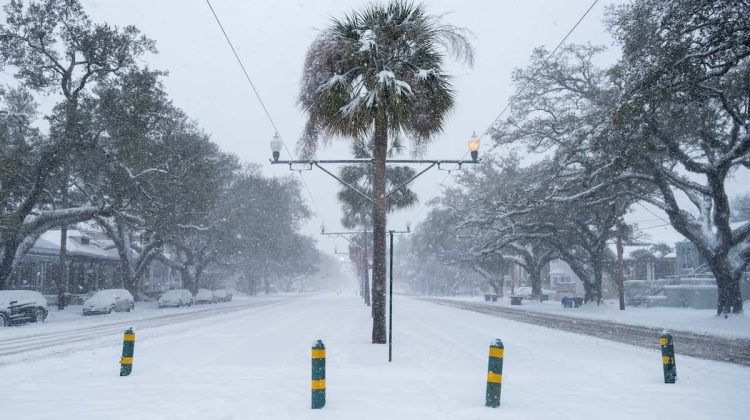The popularity of ridesharing services has made navigating unfamiliar areas a much easier task than it once was. However, the idea of traveling in a strangers vehicle presents additional safety risks, especially when traveling somewhere alone. Continue reading to learn a few actionable ways to improve your safety when using Uber and Lyft, while working towards becoming a more informed and prepared passenger.
After a car accident in Hobbs, New Mexico, passengers should seek immediate medical attention, document the scene with photos and written details, and avoid making formal statements to insurance companies without consulting a Hobbs car accident lawyer. These steps are crucial for protecting your legal rights, establishing driver liability, and securing fair compensation under New Mexico law.
Schedule Your Ride Indoors
If possible, it’s always best to avoid unnecessary exposure to potential threats. Calling your ride from inside eliminates any additional risk. Staying alert and not looking down at your phone for prolonged periods can mitigate risks if staying indoors is not an option.
Check Your Driver
Through both Uber and Lyft smartphone applications, rideshare drivers should have access to the name of their passenger once a trip is confirmed. Before entering the vehicle, verify that they know your name to confirm that they are your driver. Rideshare apps also share a profile image of each driver, matching the appearance of the driver that has arrived with their profile image is another way to ensure your safety.
Check the Approaching Vehicle
You can accomplish this in multiple ways. First, matching the vehicle’s make and model with the displayed information on your Uber or Lyft application. Once your trip is confirmed, your driver’s vehicle license plate should also be displayed. Before entering any stranger’s vehicle, it’s imperative to match your rideshare service’s displayed vehicle information with the driver that has arrived at your pick up location.
Be an Active Passenger
Once your trip has begun and you have safely entered the correct vehicle, staying active and alert is important in multiple ways. Uber and Lyft both have features that allow you to share your location with a friend or family member in case of emergency. If something feels off, be proactive by canceling your ride or even using emergency features to contact help. Finally, make sure to avoid oversharing with drivers and disclosing personal information like your cell phone number. Informed passengers should also avoid direct drop off at your residence in order to prevent sharing your home address.
What to Do After an Uber or Lyft Accident
To ensure your legal rights and prove your driver’s liability in the event of an accident, it’s important to take a few precautionary steps.
Address any major or minor injuries by contacting emergency medical providers. Getting medical documentation of any short or long term injuries will improve your ability to receive fair compensation in a potential lawsuit.
Taking photos and providing a written description of the accident scene will help provide the most accurate possible picture of what took place. As a passenger, it’s important to hold the responsible party liable in any insurance claim for the sake of your recoverable damages.
Withholding formal insurance statements or signing any insurance documents following an accident will greatly limit your ability to sue for compensation or damages that were caused. Consulting legal advice may be a necessary step to navigate a rideshare accident case and determine the extent of any recoverable damages you may be entitled to.





No Comment